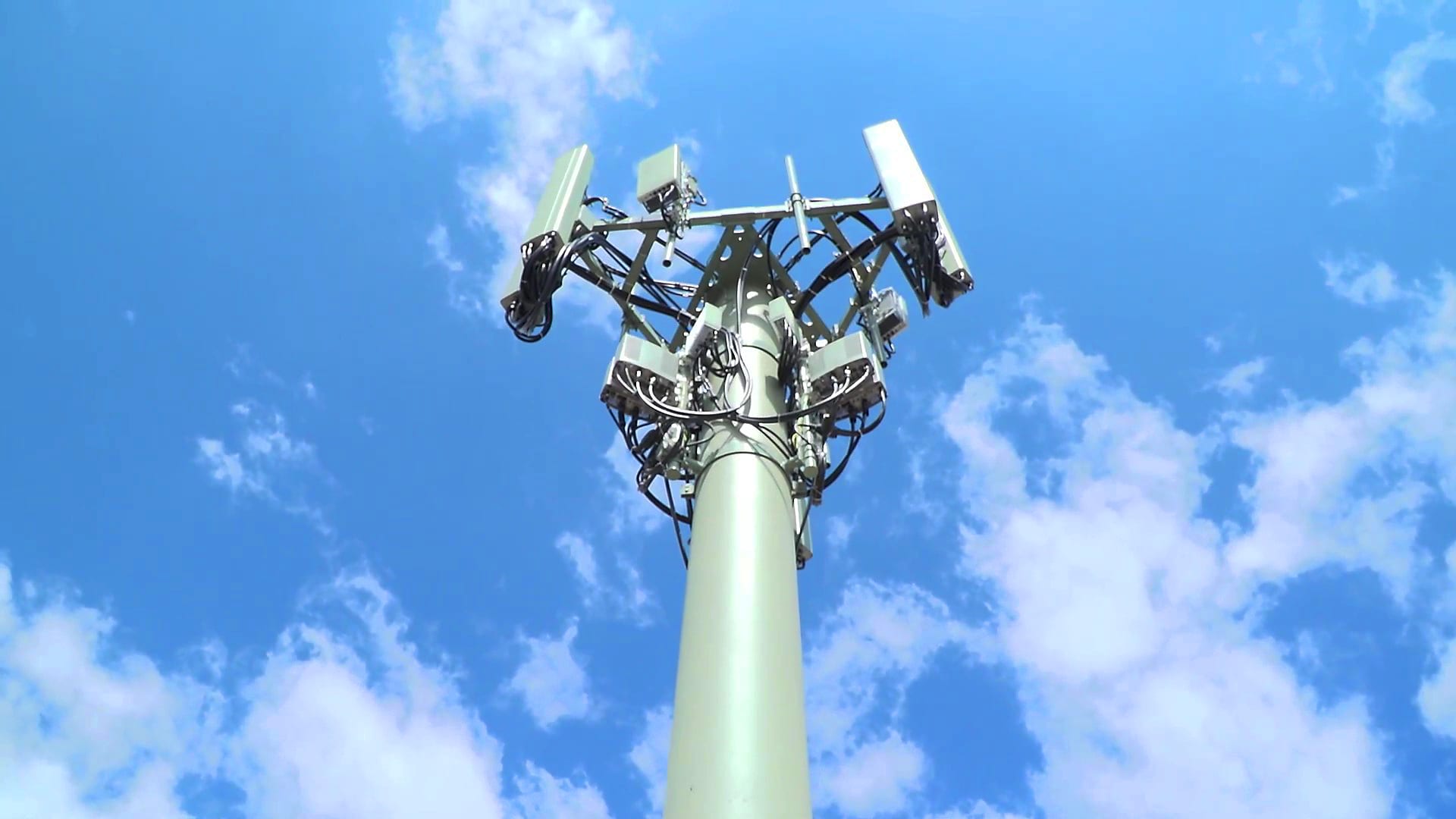You might have thought that that idea of Telstra and TPG Telecom working together was as likely as dogs and cats becoming friends but it has happened because of a mutually beneficial opportunity.
In an Australian-first, Telstra and TPG Telecom have worked together to re-stack their mobile network spectrum holdings, offering customers in Adelaide, Brisbane, Canberra, Darwin, Hobart and Perth a better network experience.
Telstra and TPG have defragmented and re-stacked their respective 1800MHz and 2100MHz spectrum bands in these cities, resulting in overall Telstra 4G speeds improving by between 10-20% and obviously improvements for TPG/Vodafone mobile customers as well.
This is the first time ever that two mobile network operators in Australia have agreed to mutually re-stack their spectrum holdings in the absence of regulatory direction. The 1800 MHz band was restacked by all operators in 2012 but that was due to the ACMA’s spectrum licence reissue process.
Telstra Group Executive Networks & IT Nikos Katinakis said the project demonstrated that competitors, with the support of the ACMA, can work together to optimise their spectrum holdings to deliver better connectivity for their customers:
“Larger spectrum blocks are more efficient and mean we can deliver faster mobile network speeds to our customers.”
“Thanks to this project, we have seen average 4G speeds improve in every city where the restack was done by at least 10% and in Canberra and Darwin by 20%.”
“We can also carry more traffic on larger spectrum blocks. For example, in Canberra, our re-stacked 1800MHz spectrum is carrying approximately 14 per cent more traffic.”
“This means better speeds and better capacity for our customers in these areas, even at busier times on our network.”
“We also want to thank the ACMA for their support throughout this process, endorsing the technical mechanism for the restack as well as varying our respective spectrum licenses to reflect the new arrangements.”
Spectrum re-stacking involves defragmenting and shifting separate spectrum blocks that are not next to each other to create a single contiguous holding. In Telstra’s case, separate 10 MHz spectrum blocks have been joined together to form single 20 MHz blocks in six cities.
Telstra and TPG’s spectrum holdings in the 1800MHz and 2100MHz bands were fragmented due to different spectrum allocations over the last decade, including the regional 1800 MHz auction in 2016 and the “multiband” auction in 2017.
TPG Telecom Executive General Manager Mobile and Fixed Networks Barry Kezik said their customers in Adelaide, Brisbane, Canberra, Darwin, Hobart and Perth have experienced an immediate improvement in their mobile data speeds as a result of the restack.
Mr Kezik commented further:
“Since the spectrum restack, we have observed a 10 to 20 percent improvement in mobile data speeds, and traffic has increased significantly as customers take advantage of these faster speeds”
“While contiguous spectrum is a goal of the industry, sometimes operators have spectrum holdings that are split into two or more fragments within a frequency band. Successive spectrum allocations over a number of years has been a reason for this,” Mr Kezik said
“For example, new allocations in 2016 and 2017 made contiguity hard to achieve automatically, and required an additional step through the recently completed restack.
“As we refarm spectrum gradually from 4G to 5G over the coming years, there will be additional performance benefits to harness.”




